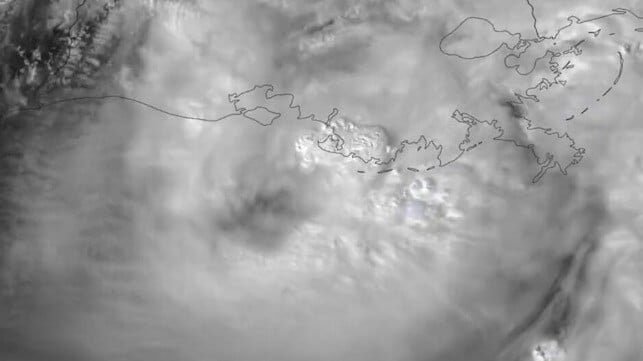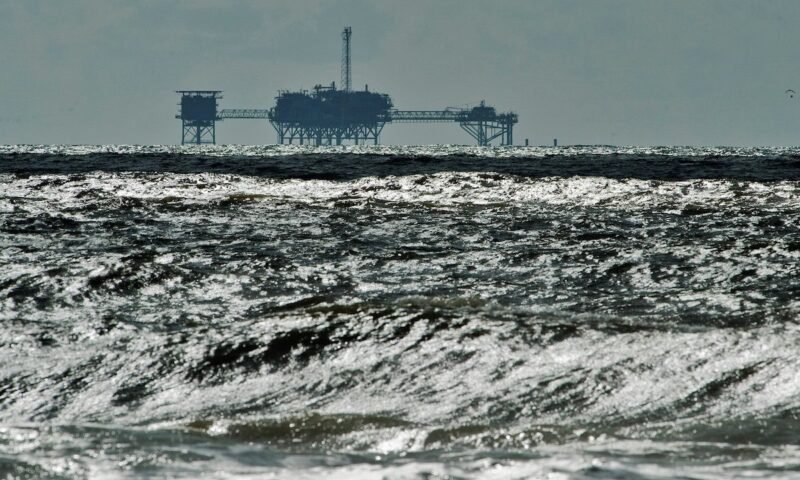Hurricane Francine made landfall in Terrebonne Parish, Louisiana as a Category 2 storm, bringing strong winds and dangerous storm surge. Fortunately, high-elevation wind shear prevented the storm from intensifying further before hitting land, which helped limit its potential for damage. As it moved inland, Francine weakened to a Category 1 hurricane and eventually transitioned into a tropical storm as it passed New Orleans.
In the aftermath of the storm, Terrebonne Parish officials imposed a strict nighttime curfew to ensure safety. The county authorities are actively working to clear roads of debris and fallen powerlines, although driving conditions remain hazardous. Meanwhile, heavy rain from Francine’s outer bands caused flooding in New Orleans, damaging the power grid and disrupting drinking water pumping stations. Utility company Entergy warned residents that it could take up to 10 days to fully restore power to all affected areas.
The impact of Hurricane Francine extended beyond the immediate coastal areas to the oil and gas industry. The port of Houma and the Louisiana Offshore Oil Port (LOOP) were closed, affecting crude loadings at terminals operated by Shell and Chevron. Offshore, numerous manned platforms were shut down and evacuated, leading to a significant reduction in oil and gas production in the Gulf of Mexico. As Francine continues to move inland, it is expected to bring heavy rainfall and the risk of flash flooding across southeastern Louisiana, Mississippi, Alabama, and the Florida Panhandle before weakening into a tropical depression by Thursday.








